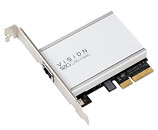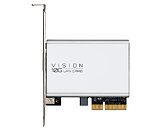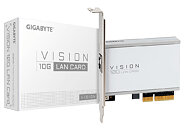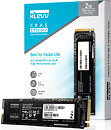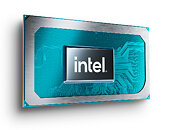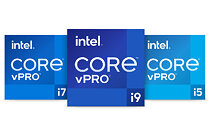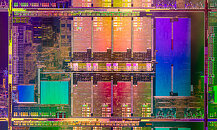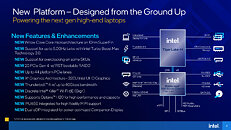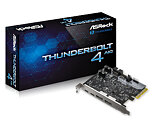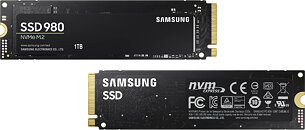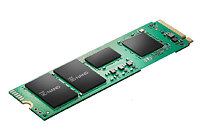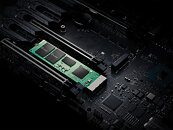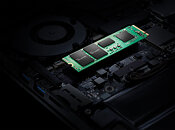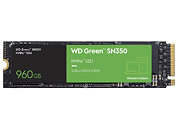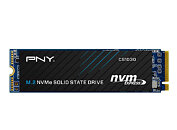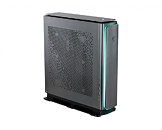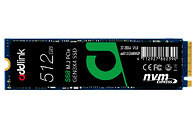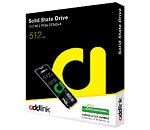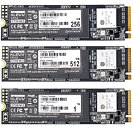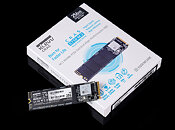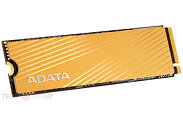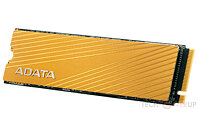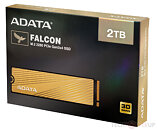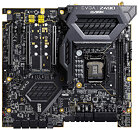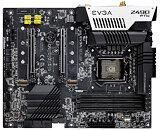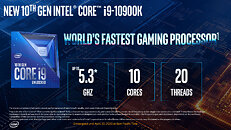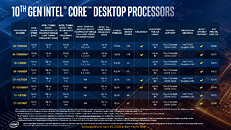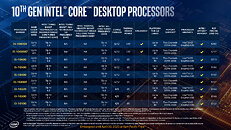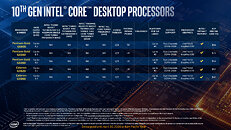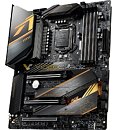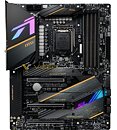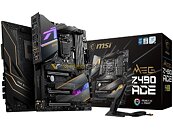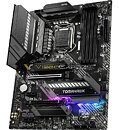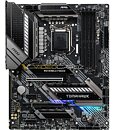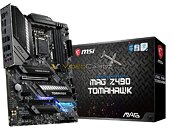
A Quick Stroll Through Elgato at 2024 CES
Elgato is one of the smartest acquisitions of CORSAIR, as it gave them access to a large portfolio of game streaming and content creator hardware; and CORSAIR is executing a bold plan to reorient itself as a gaming lifestyle brand from its roots as a core memory and PC hardware company. At the 2024 CES, Elgato showed off two of its popular video capture and streaming devices.
The Elgato 4K Pro is an internal PCIe video capture card that takes up a PCI-Express 3.0 x4 slot. It is a successor to the 4K60 Pro Mark II that's already in the market; and allows you to capture 4K with HDR10 video. The new card supports HDMI 2.1, allows 8K passthrough, with simultaneous 4K60 or 1080p @ 240 Hz recording. Also shown is the 4K X External capture card, which succeeds the HD60 external card that's been in the market since 2019. This new device supports HDMI 2.1, and recording up to 4K144 or 1080p @ 240 Hz. Play in HDR10 while capturing SDR including VRR passthrough. When they go on sale from February 1, the 4K Pro internal card will be priced at $280, and the 4K X External card at $230.
The Elgato 4K Pro is an internal PCIe video capture card that takes up a PCI-Express 3.0 x4 slot. It is a successor to the 4K60 Pro Mark II that's already in the market; and allows you to capture 4K with HDR10 video. The new card supports HDMI 2.1, allows 8K passthrough, with simultaneous 4K60 or 1080p @ 240 Hz recording. Also shown is the 4K X External capture card, which succeeds the HD60 external card that's been in the market since 2019. This new device supports HDMI 2.1, and recording up to 4K144 or 1080p @ 240 Hz. Play in HDR10 while capturing SDR including VRR passthrough. When they go on sale from February 1, the 4K Pro internal card will be priced at $280, and the 4K X External card at $230.























